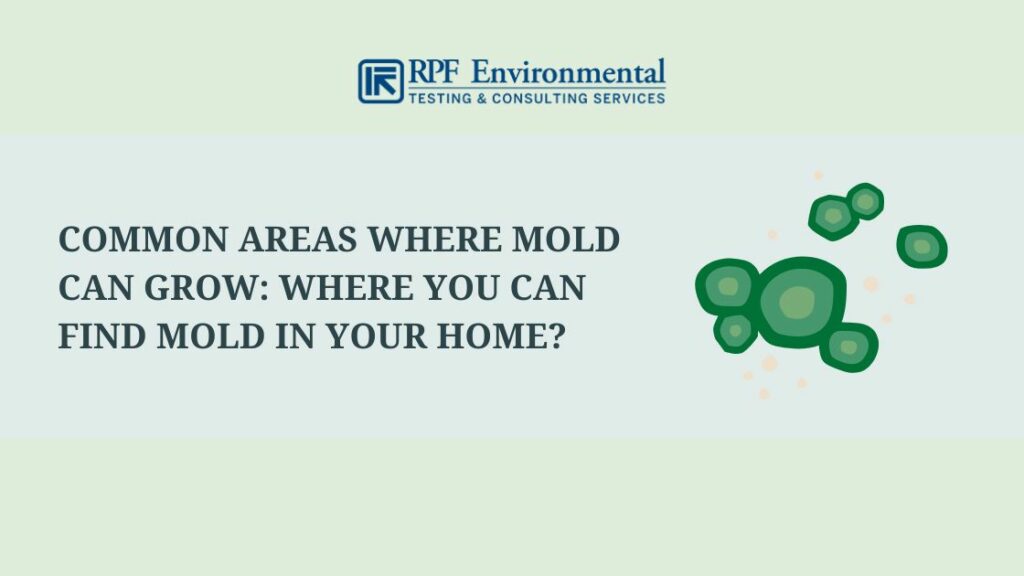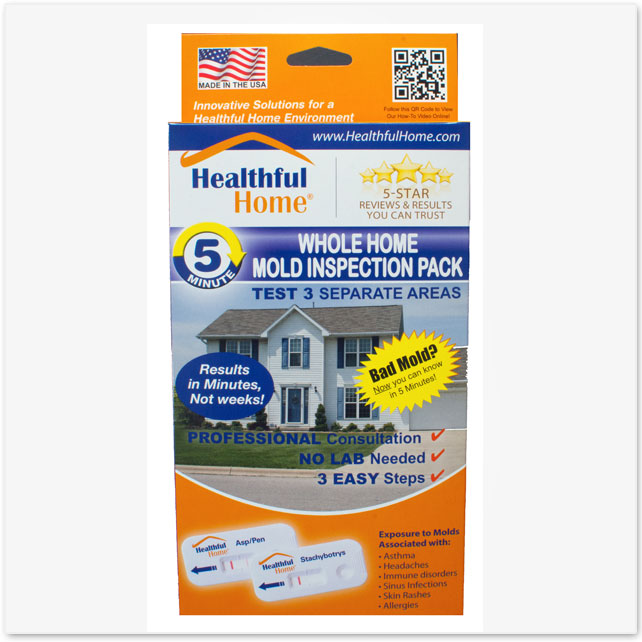The Function of Mycotoxin testing Services in Food and Feed Safety
The Function of Mycotoxin testing Services in Food and Feed Safety
Blog Article
Exactly How Mycotoxin Screening Aids Protect Against Contamination and Safeguard Food Supplies

Mycotoxin screening is an essential method in the food sector, serving as a frontline defense versus contamination by harmful toxic substances generated by mold and mildews. Through the application of sophisticated methods like High-Performance Fluid Chromatography (HPLC) and Liquid Chromatography-Mass Spectrometry (LC-MS), food producers can precisely evaluate and detect mycotoxin levels in farming items.
Understanding Mycotoxins
Comprehending mycotoxins begins with acknowledging that they are hazardous additional metabolites created by particular mold and mildews, which can contaminate agricultural products. These metabolites are not important for the growth or reproduction of the fungi but can have severe implications for human and animal health. Mycotoxins are typically discovered in staple crops such as corn, wheat, barley, and nuts, where they can proliferate under specific conditions of dampness and temperature level.
There are several types of mycotoxins, each generated by various fungal species. Fusarium species create trichothecenes and fumonisins, both of which are associated with numerous intense and persistent wellness problems.

Threats of Mycotoxin Contamination
The threats of mycotoxin contamination are complex, posturing substantial hazards to both food safety and public wellness. Mycotoxins, hazardous compounds produced by certain kinds of fungis, can infect a large range of farming products including cereals, nuts, seasonings, dried fruits, and coffee. Once these contaminants infiltrate the food supply, they can lead to significant health concerns such as liver damages, kidney failure, and also cancer. Vulnerable populaces, consisting of kids, the elderly, and immunocompromised individuals, are specifically in danger.
Economic influences are another significant concern. Polluted plants can result in significant financial losses for farmers and food producers as a result of decreased returns and the demand for costly purification measures. Global profession can be significantly impeded as nations apply rigorous mycotoxin regulations to secure their populations, leading to declined shipments and stretched profession relations.
Ecological variables such as climate adjustment exacerbate the risk of mycotoxin contamination. Variations in temperature level and moisture can develop favorable conditions for fungal development, raising the likelihood of contamination events. Thus, understanding and mitigating these risks are important for making sure the security and stability of worldwide food supplies.
Approaches of Mycotoxin Examining
Properly recognizing mycotoxin contamination in farming products is vital for guarding public health and keeping food security criteria. Different approaches are employed to spot and quantify mycotoxins, each offering specific advantages and constraints.
High-Performance Fluid Chromatography (HPLC) is a widely used method due to its high level of sensitivity and accuracy. It includes separating mycotoxins from various other materials in a sample, enabling exact metrology. Fluid Chromatography-Mass Spectrometry (LC-MS) integrates liquid chromatography with mass spectrometry to give thorough molecular info, making it especially helpful for identifying numerous mycotoxins all at once.

Gas Chromatography-Mass Spectrometry (GC-MS) and Thin-Layer Chromatography (TLC) are also used, each with one-of-a-kind applications. GC-MS works for unpredictable mycotoxins, while tender loving care uses an easier, economical option for preliminary testing.
Advantages of Routine Checking
Routine testing for mycotoxins in farming items uses countless advantages, significantly contributing to public health and food safety. By identifying contamination early, normal screening helps prevent the circulation of harmful foods, thus reducing the threat of mycotoxin-related ailments amongst consumers. This aggressive technique not only safeguards human health yet also boosts the general quality of food products.
Constant testing likewise supports governing compliance. Various countries and areas have developed rigid limits for mycotoxin degrees in food and feed. Following these limitations through normal testing makes sure that producers and distributors meet lawful criteria, consequently preventing penalties and profession obstacles. Furthermore, maintaining conformity cultivates consumer trust fund and brand track record, which are critical for market success.
Additionally, routine mycotoxin screening can lead to significant economic benefits. Early discovery of contamination permits prompt treatment, lowering potential losses from prevalent contamination. Executing normal testing procedures can likewise lessen recall expenses and associated obligations, which can be monetarily devastating.
In addition, normal testing offers beneficial data that can notify far better agricultural practices and storage conditions. By recognizing patterns of contamination, producers can adopt precautionary actions, thereby lowering future threats and adding to the sustainability of the food supply chain.
Executing Checking Procedures
Carrying out efficient mycotoxin testing procedures is essential for ensuring the security his response and quality of farming products. Each phase must be looked at to determine where mycotoxin contamination is most likely to take place.
When vital control points are identified, picking suitable screening methods is essential. Usual strategies include enzyme-linked immunosorbent assay (ELISA), high-performance liquid chromatography (HPLC), and mass spectrometry (MS) Each approach has its toughness and weak points; hence, choosing the right one depends on the particular mycotoxin being evaluated, the required level of sensitivity, and offered resources.

Lastly, incorporating the great post to read testing methods into a thorough food security management system is a good idea. This enhances traceability and makes it possible for swift rehabilitative actions when contamination is detected, consequently safeguarding the stability of the food supply chain.
Conclusion
Mycotoxin screening is crucial in stopping contamination and protecting food products by enabling very early detection of damaging contaminants generated by mold and mildews in farming items. Normal screening boosts brand name reputation, financial security, and trust in food safety by minimizing contamination-related losses and maintaining high get more standards in food production.
Mycotoxin testing is an essential practice in the food market, offering as a frontline defense versus contamination by unsafe toxic substances created by mold and mildews. An integrated method including farming practices, storage space management, and normal testing can minimize the threats connected with mycotoxin contamination, making sure food safety and security and public health.
The dangers of mycotoxin contamination are diverse, positioning significant hazards to both food safety and security and public health and wellness.Normal screening for mycotoxins in agricultural products provides many advantages, dramatically adding to public health and food safety.Mycotoxin testing is vital in avoiding contamination and safeguarding food products by allowing early detection of hazardous toxins produced by molds in agricultural products.
Report this page